Modular 3D Printed Workshop Organizing System
Gareth's Tips, Tools, and Shop Tales - Issue #120
Got a tip to share? Tool to recommend? Tall shop tale to tell? A tip to bust? Please share with the class.
Modular 3D Printed Workshop Organizing System
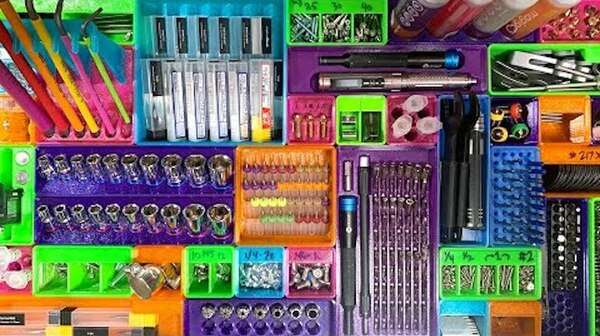
Zach Freedman has designed a really cool grid-based storage system that you can 3D print. Zach never does anything small and that’s the case here. He designed and printed all sorts of bins, trays, tool holders, and racks. It’s a pretty complete workbench storage system.
How Do You Cast Objects That Have Holes?
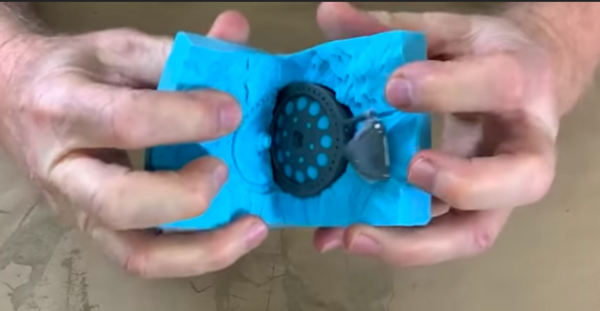
Many makers are intimidated by molding and casting. But how about casting a part that’s riddled with holes? Yikes. Fear thee not. Bob Tolone to the rescue with this excellent video. Besides the successful casting of a difficult, holey part, there are lots of great tips here, from using baby spinach clam shell plastic containers for storing parts, materials, and supplies to using pieces of right-angle bent polystyrene, binder clips, and silicone-as-glue to create reusable mold boxes.
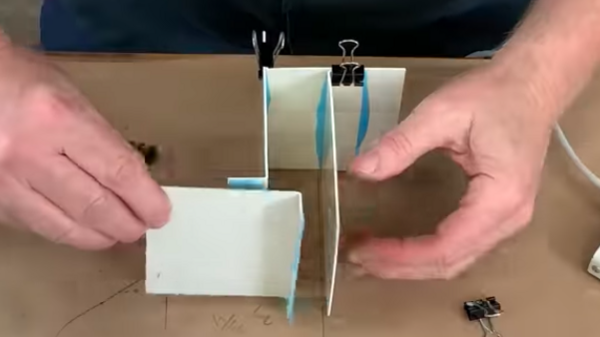
Easy-to-assemble, reusable mold boxes.
Comparing Wire Strippers
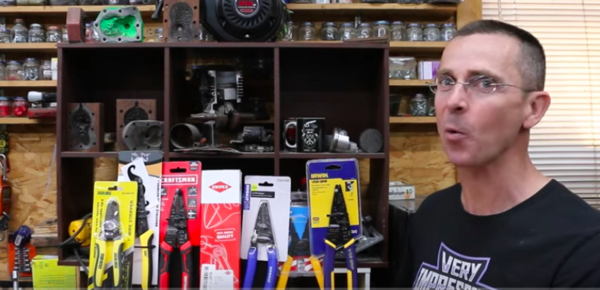
On the latest Project Farm video, Todd turns his methodical testing eye toward 9 pairs of wire strippers. He tests them for knife sharpness, the force required to cut through aluminum wire, screw cutter precision and sharpness, and wire insulator removal performance. He also compares self-adjusting wire strippers for performance. Not surprisingly, the well-regarded Knipex strippers performed the best, but they cost $50. At $14, the Irwin brand was an impressive second. One of the many admirable things about Todd’s videos is that he always buys the tools he tests to remove any bias (or appearance of bias).
Six Ways of Joining 3D Parts Together
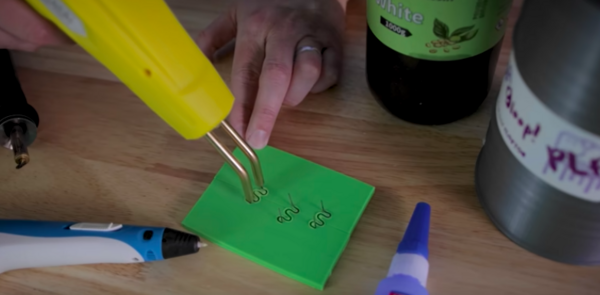
On this episode of Uncle Jessy, he runs through 6 different ways you can join 3D printed parts. He tries CA/Super Glue, UV resin, 3D printing pen, wood burner/soldering iron, 3D Gloop, and a plastic welding gun. While all of these methods have there place, in the end, his go-to adhesive remains 3D Gloop.
Are Some of the Grounded Plugs in Your House or Shop Upside Down?

TOYS! Spray Can Gun
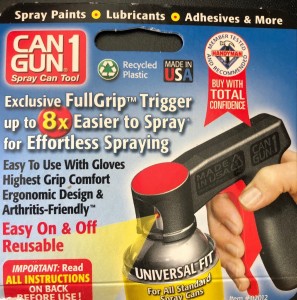
I bought one of these Can Guns as an impulse buy at the hardware store when I went to get some rattle can paint. I have severe arthritis, so even something as simple as spraying paint can be pa challenge. I figured I’d try this device though I suspected it was a gimmick. Turns out, I love it! It makes spraying so much easier for me and I feel more confident in applying consistent spray strokes. The only downside is that it sprays a big bloom and I suspect it wastes a lot paint. But being “Arthritis-Friendly,” it may at least appeal to others with similar issues.
Life Hack: Pirate Sight

Recently, after watching the pirate black comedy series, Our Flag Means Death, I went down a rabbit hole researching the real-life pirates fictionalized in the show. During that search, I happened upon a commonly-held idea of why pirates wore eye patches. There was nothing wrong with their eyes. The patch was a sort of night-vision tech. During their daily ship duties, a pirate would be frequently going from the bright sunlight of the deck to the relative darkness inside the ship. A patch over one eye acted as a darkness adapter. If you went below deck, you simply moved the patch over your sun-acclimated eye and you could immediately see with the dark-adapted eye. I mentioned this to my son, Blake, and he said he’d read the same thing and begun closing one eye when going to the bathroom at night so that eye could safely lead him back to bed in the dark. I tried this and it works! Not sure if the pirate story is apocryphal or not, but the concept seems sound. Argh!






